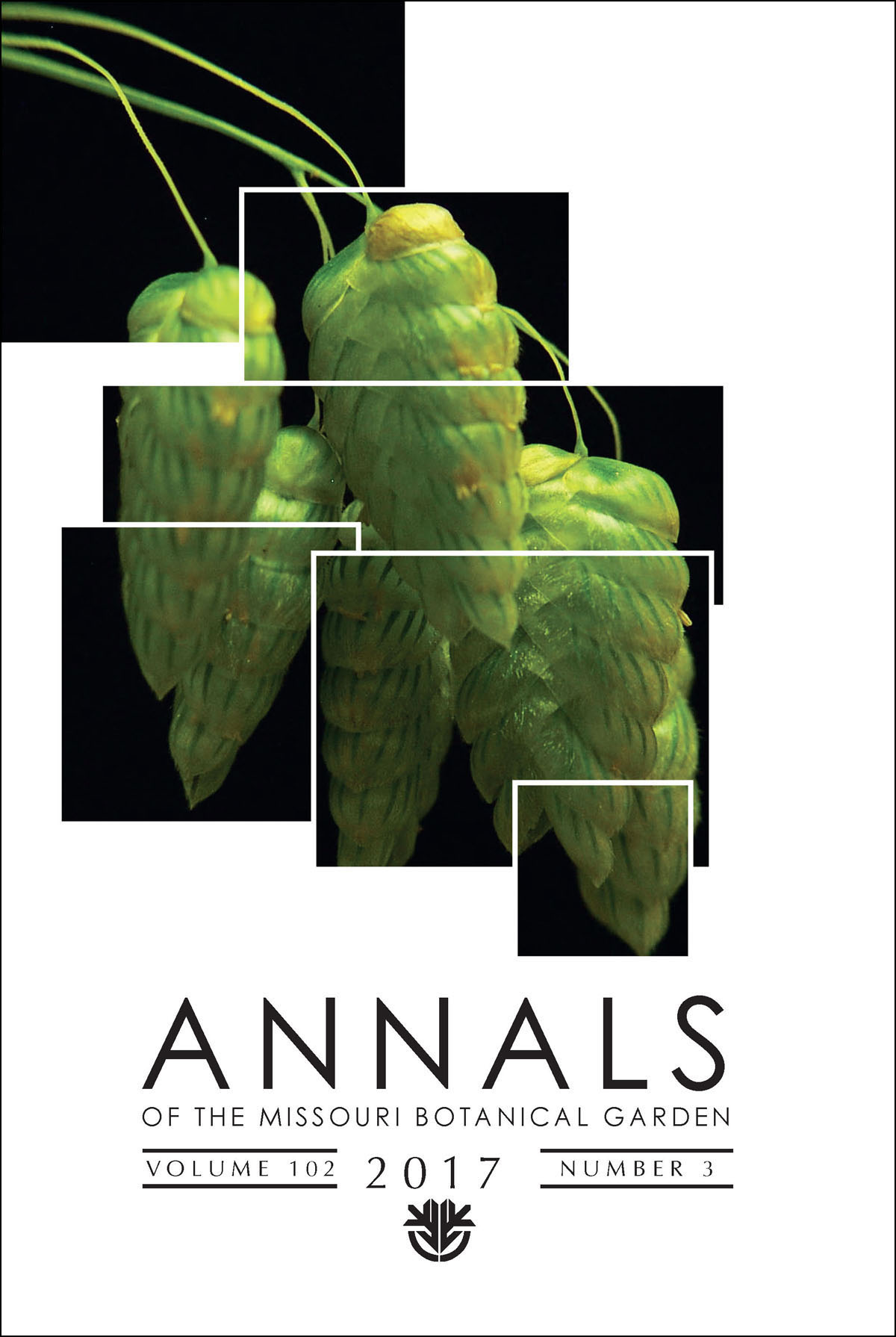Biogeographic Barriers in the Andes
Is the Amotape–Huancabamba Zone A Dispersal Barrier for Dry Forest Plants?
Abstract
We investigate whether the Amotape–Huancabamba zone in the Andes acts as a barrier or corridor for plant species migration. We test this hypothesis based on data on trees, shrubs, and herbs collected in dry inter-Andean valleys (DIAVs) of Ecuador. We found that 72% of the species cross the Amotape–Huancabamba zone in a north–south direction and 13% of the species cross the Andes in an east–west direction. Southern DIAVs concentrate the highest numbers of endemic species. At the regional level we found that 43% of the species are exclusively Andean, while the remaining 57% are found in the Pacific lowlands, the Caribbean, and Mesoamerica. These results showing many species crossing the Amotape–Huancabamba zone in a north–south direction and also frequently found in neighboring lowland and highland ecosystems suggest that the Amotape–Huancabamba zone acts as a corridor for species migration of dry inter-Andean flora.

